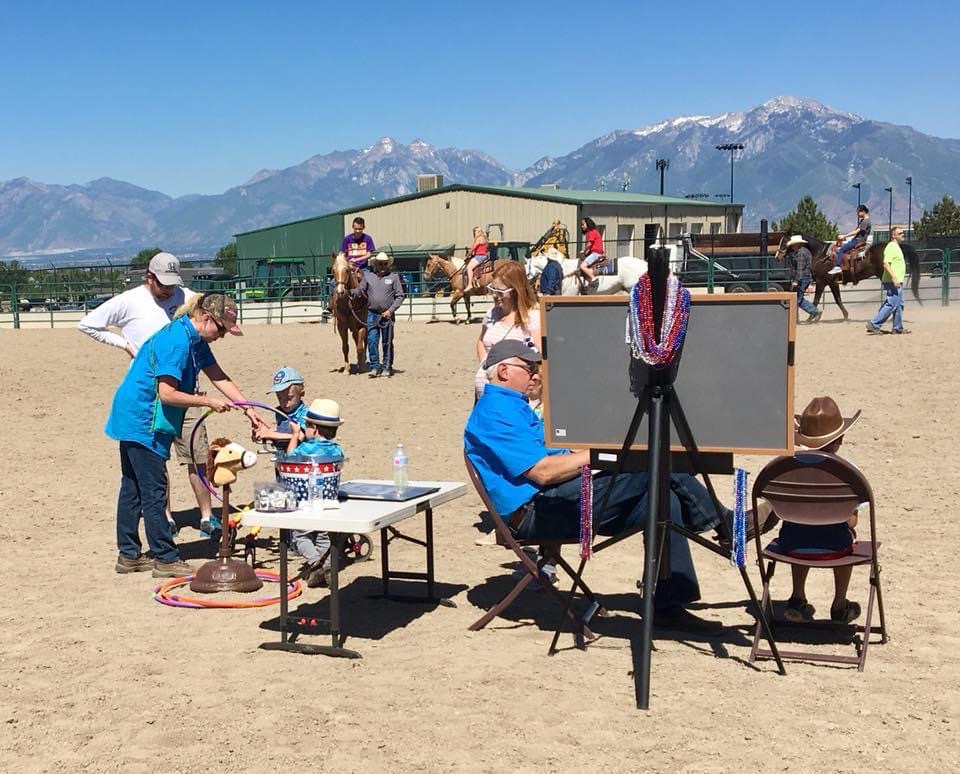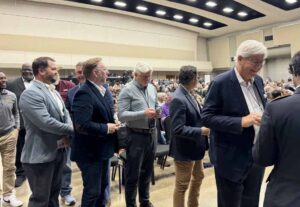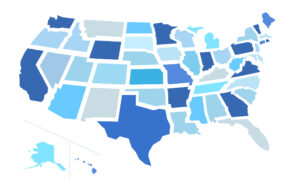
GRAPEVINE, Texas (BP) – The recent 2020 Census results may have led to headlines nationwide and particularly regarding the state of Texas. But for Doug Hixson the ramifications are really old news.
“I’m not sure [the findings have] changed the game for us,” said Hixson, director of church planting for the Southern Baptist Convention of Texas. “Really, it’s [dated in] what we’ve already been doing.”
Those figures released April 26 revealed a population shift toward the South and West. Growth in the Lone Star State grabbed the most attention, as its increase of 4 million since the 2010 census led to two more congressional seats. Other states adding a seat were Colorado, Florida, Montana, North Carolina and Oregon.
Hixson identified the areas around Houston, San Antonio, Austin and Dallas/Fort Worth as key to SBTC church planting efforts. However, historical work in the Rio Grande Valley and El Paso have continued. About a quarter of those planters, he said, come from local churches and are “all over the map” in terms of age. In addition, Hixson said, a focus on larger population areas doesn’t equal overlooking rural settings.
“People are also moving into smaller towns where they’ll have more flexibility to work from home and experience a small-town feel,” he said. “[Those developments] reflect what we’ve seen for the last three to five years.”
Overall, Texas grew by 15.9 percent from 2010 to 2020. The only states to outpace it are Utah (18.4 percent) and Idaho (17.3 percent).
Utah-Idaho Southern Baptist Convention Executive Director Rob Lee, like Hixson, also pointed out that the census results were not all that big of a surprise.
“You can see growth everywhere in our state convention,” Lee said. “I was in northern Idaho yesterday and saw it. Even in rural areas, we’re seeing significant growth.”
He added that those trends have impacted all areas through which the UISBC equips its churches.
“A priority is church planting, sure,” he said. “But we’re also helping churches in the area of technology. We’re seeing that as more people move in, they’re often checking a church out by watching a service online before they make an in-person visit. During the COVID shutdown, churches that had focused well on technology experienced tremendous growth.
“Now,” he said, “those churches are positioned better to integrate those visitors into the overall ministry.”
Over the last six years approximately 60 churches have been planted through joint efforts of the UISBC and the North American Mission Board, Lee said, adding that all of them are still meeting today.
Numerous SBTC church plants have come about through 15-20 churches working alongside the convention in a mentoring relationship, Hixson said. That process takes 12-18 months with the partnering church also serving as the sending church.
“We’ve seen plants struggle in the past for survivability but we’re on a trend where we’ve seen them become stronger and healthier long-term,” he said. “Part of that was working with NAMB in the last four years and strengthening the assessment process.”
Of course, no matter if a state or area is experiencing growth or not, churches must be ready to meet community needs while offering an unapologetic message of the Gospel. Jason McNair, UISBC state missionary for Strengthening Churches, stressed the importance of congregations accepting that challenge amid an increasingly hostile culture.
“We need to prepare our churches for what’s next,” McNair said. “Our state convention is working to equip them for the day when the government may step in because it doesn’t like positions we take such as traditional marriage.
“COVID has changed a lot of how we do ministry. You have to be able to reach people who may not be able to come through the church doors as in the past. Churches need to find ways to do things that not only continue ministry but thrive.”
McNair believes the physical separation brought by the COVID shutdown has made people hungry for fellowship and relationships. Steps for reaching them can take more than one path.
“We need to follow up and connect with people,” he said.














